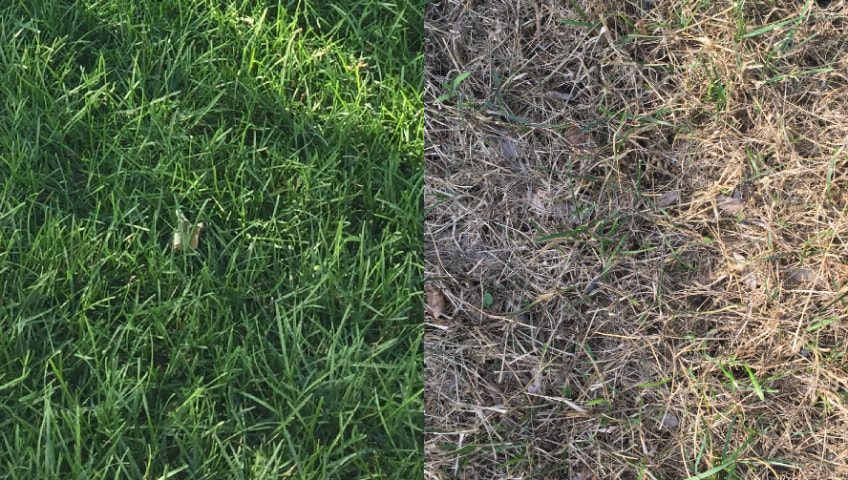Winter dormant grasses in lawns is a common phenomenon that occurs in many lawns throughout the world. It is the period when grasses become less active, stop growing, and go into a state of semi-dormancy.
Grasses are known for their ability to adapt to changing environmental conditions, and winter dormancy is one such adaptation that helps them to survive during the harsh winter months. In areas with cold winter climates, grasses stop growing when temperatures fall below a certain threshold. This is because low temperatures and short daylight hours limit the amount of energy that grasses can produce through photosynthesis.

During the winter dormant period, grasses conserve energy and nutrients, preparing for the upcoming growing season. Although some grasses may look dead and yellow/brown (such as Bermuda Grass, a common nuisance grass in Northern California), it is actually alive and still capable of regrowth once the weather warms up.
The length of the winter dormant period can vary depending on the type of grass, the climate, and other factors such as soil moisture. Cool-season grasses, such as Kentucky bluegrass and perennial ryegrass, typically go dormant in the winter and start growing again in the spring. Warm-season grasses, such as Bermuda grass and zoysia grass, become dormant in the winter and start growing again in the summer.
Maintaining a winter dormant lawn requires little to no maintenance, allowing homeowners to take a break from mowing, fertilizing, and watering (lawns can still get drought stressed in winter if rain is not available for long periods of time). However, it is important to avoid heavy foot traffic on the lawn during this period to avoid damaging the grass roots, especially if there is frost on the lawns in the mornings.
If you have a winter dormant lawn, it is best to wait until the grass is ready to start growing again before applying fertilizer or other treatments. You can also use this time to prepare for the upcoming growing season by checking the soil pH and making any necessary adjustments, repairing any damage to the lawn, and considering any changes you would like to make to the landscape.
In conclusion, winter dormant grasses in lawns is a natural process that helps the grass to conserve energy and nutrients during the harsh winter months. By understanding this process and taking steps to prepare for the upcoming growing season, homeowners can maintain a healthy and beautiful lawn for years to come, as well as having the knowledge of why some areas may look worse than others during winter.


